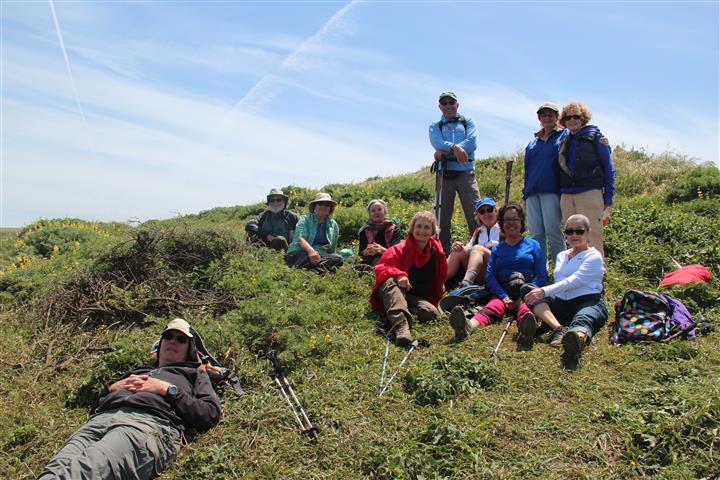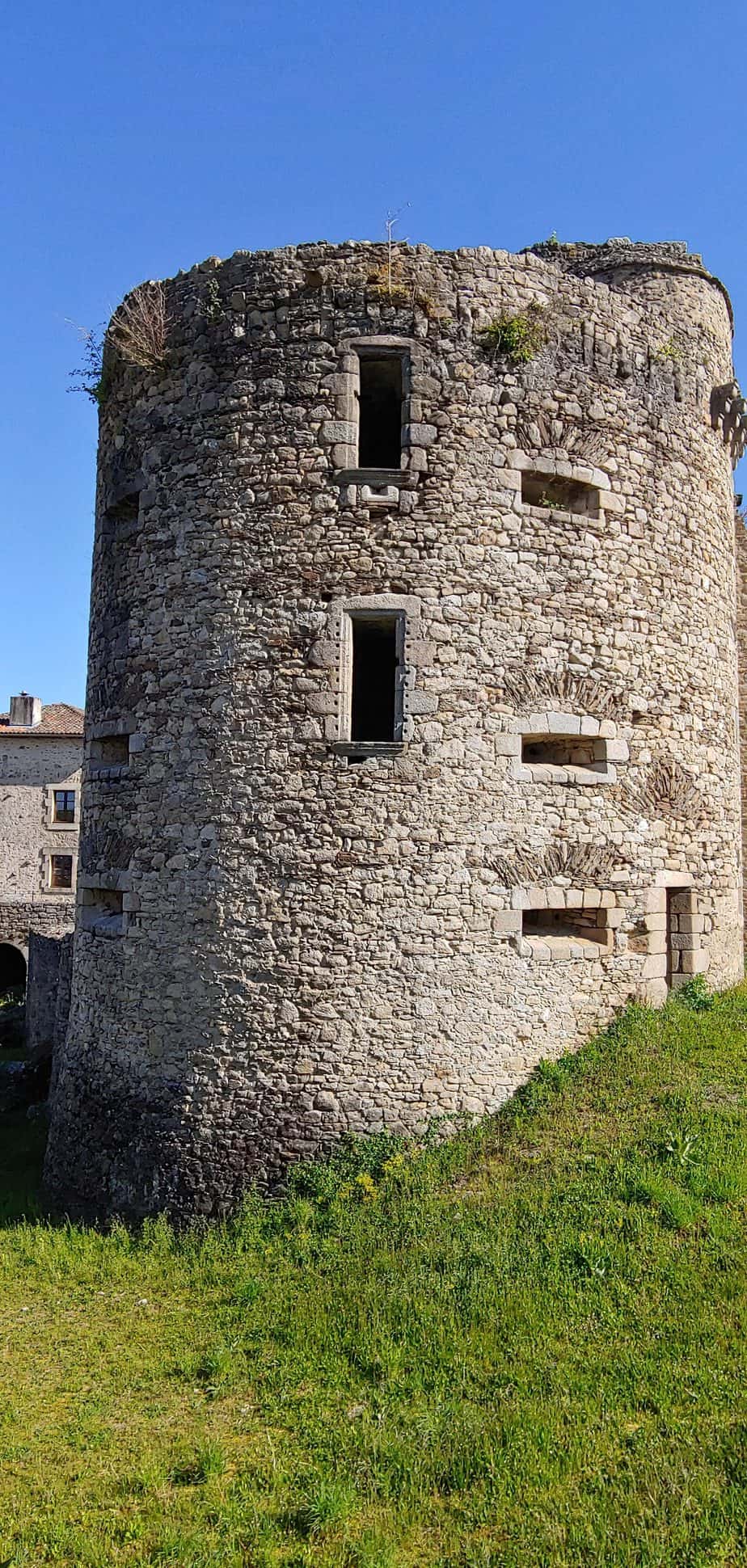Susan Alcorn’s Backpacking & Hiking Tales & Tips, June 2024
Contents:
1) Anish sets new record on the Arizona Trail
2) Camino de Santiago: Changes to AIRPORT BUS SANTIAGO
3) Do we really need 10,000 steps?
4) Video: Bay Area Ridge Trail (Tom Coroneos)
5) Ticks are at it again
6) Regional: S.F. Crosstown and Doublecross Trail—Updates/Guided walks

Welcome to our newest neighbor
Articles:
#1. Heather Anderson, Anish, now holds “the overall and only female unsupported FKT [fastest known time] for the 800-Mile Arizona Trail!” 24 days! The trail travels across the entire length of Arizona from the U.S.-Mexico border to Utah. Heather completed the trail unsupported—meaning she hiked end-to-end with all of her supplies–including food. WOW!
Heather wrote, “Trekking the entire length of AZ without resupplying or accepting trail magic, or utilizing water caches was incredibly challenging…physically, but more so mentally.” Among those challenges were falling and sustaining an injury to her head, encountering “killer bees, rattlesnakes and a mountain lion.”
One may think of the SW as being all desert and hot, but it varies from ice and snow and temperatures below freezing in the north and extreme heat in the south. This trek is known for its lack of water—finding a small puddle was a big deal.
Heather said, “This experience revealed to me a new appreciation for my backcountry skill set and confidence in myself. I also had quite a few very personal breakthroughs, which I attribute to prolonged time alone in nature.”
Sign up for Heather’s WORDS FROM THE WILD newsletter
If you want to learn from the experts, Heather and Arleen are offering a couple of backpacking retreats/classes: https://wordsfromthewild.net/trips/
1) Join us at the Quarter Way, which is in located a stone’s throw from the Appalachian Trail in Ceres, Virginia October 13th-16th, 2024. This 3-day retreat will include instructional sessions, Q&A, and a practical overnight backpacking trip to use your gear and practice your skills. All women+ are invited to join us. This is a safe and welcoming space.
Words from the Wild (Heather’s site) is going to Alaska and Costa Rica and has these limited! openings:
2) August’s inaugural WFW Trip to Alaska has had a cancellation, so there is 1 OPENING available! Snag it before someone else does!
3) The February 3-9, 2025 trip to Costa Rica still has 3 discounted spots available and 12 at full price.
#2. Camino Info: Changes to AIRPORT BUS SANTIAGO. Not everyone takes the bus from Santiago airport, but for those who will–Facebook posting by JohnnieWalker Santiago on FACEBOOK May 15, 2024. “Hi John. Important news about the bus connections between the airport and the city that will try to remedy the lack of direct connection some years ago. From next May 24 [2024] there will be two connection lines; one will be direct (without intermediate stops) and faster (along the highway) with only two stops: the airport and the intermodal station (bus station) already in the city. Likewise, the route between the intermodal station and the airport will also have only these two stops on this line.
“The second bus line will also connect the airport with the intermodal station, maintaining the current route that runs along the conventional road and different streets of the city, but now it will have new features. In order to optimize this line and avoid passenger overloads, on the route between the airport and the city it will not be possible to board the bus at the stops located in the urban area and it will only be possible to get off the bus at these urban stops.
“Likewise, on the route between the city and the airport, it will only be possible to board the bus at the stops located in the urban area and it will not be possible to get off the bus except at the few stops located in the rural area or, finally, at the airport.
“Therefore, passengers will not be able to use this bus to travel between stops located in the urban area of the city, which will lighten the service and facilitate its use for travelers who use this service between the airport and the various stops in the city. This will mean that it will not be possible to take the bus at Praza de Galicia to go from the city to the airport (as this stop will become “Arrival stop from the airport”.
“Each of these bus lines will have a frequency of 40 minutes alternating from the airport, so there will be a bus from the airport to the city every 20 minutes. From the 24th there will be an adaptation period of 15 days in which passengers will be informed about the new rules.” A session on video in Spanish is linked here:
#3. 10,000 Steps a Day? The controversy continues. I personally consider it a worthwhile goal, but an arbitrary number. Here a bit of info from a recent study. “Do you really need 10,000 steps a day? Here’s what the science says. The average American gets about 4,000 steps a day—but how much is enough? A recent study offers some insights” Here are some excerpts from an article by Tara Haelle, March 20, 2024. National Geographic premium article.
“Goodwin [Ashley Goodwin, an exercise scientist at the Feinstein Institutes for Medical Research in Manhasset, New York] found it especially interesting that the benefit differed so little between those who sat for long periods each day and those who sat less.
Goodwin continues, “That’s really great because it drives home the message that simply walking a little bit more than you usually do is going to confer some health benefits, no matter where you’re starting from.”
“’The average American gets about 4,000 steps a day,’ says Mario Garcia, a cardiologist at Montefiore Medical Center in New York City, so there’s plenty of room for improvement.” “… individuals over age 60 benefited most in the study, probably because people tend to decondition very quickly as they age.”
Matthew Ahmadi, an epidemiologist at the University of Sydney in Australia and one of the study’s authors wrote, “Past research had shown that higher step counts are linked to better heart health and a longer life, and a separate body of research has shown the increased risks of cardiovascular disease and death associated with more sedentary time. But this study brought those bodies of research together to learn whether extra daily steps could offset the risks of sedentary behavior even in those who spend much of the day seated.”
Columnist Tara Haelle added “In fact, highly sedentary people in the study began experiencing a heart benefit starting as low as 4,300 steps per day, when their risk of heart disease fell by 10 percent. Doubling that step count to 9,700 steps a day doubled the benefit.
Similarly, highly sedentary people began seeing a 20 percent reduced risk of death starting at 4,100 steps per day. Again, that benefit nearly doubled to 39 percent when their daily step count increased to 9,000. By about 6,000 daily steps, highly sedentary people got the same benefit as more active people.
Ahmadi says a key takeaway from the study is that people who cannot reduce their sedentary time can still benefit by boosting their daily steps.
#4. Devil’s Gulch Hike, Samuel P. Taylor SP. Tom Coroneos, who put this video with Platero music together, is one of the “team members” of our weekly Bay Area Ridge Trail hikes. Not everyone is lucky enough to have a friend who is a videographer and captures their adventures! This episode is an out-and-back walk in Samuel Pt. Taylor SP in Marin. One of the easiest of our outings—flat, on a well-maintained trail and surrounded by redwoods, ferns, wildflowers–and hundreds of butterflies also enjoying the sunny day.
An unexpected highlight was running into Rob and Kathryn Dunning, who have been volunteer hosts in the park since November. They will be leaving shortly to host at Eagle Point Campground, Emerald Bay State Park at Lake Tahoe, and will return to Samuel P. Taylor again in the fall. What a life! Doing good, living in gorgeous places, meeting people from around the world, and enjoying great hiking!

Along the Bolinas Ridge Trail
#5. Watch out for ticks! On a recent hike along Bolinas Ridge Trail in gorgeous Marin County, we ran into a less wonderful sight! Ticks all over the dog we were hiking with—and while trying to remove them—climbing aboard our hiking partner, Patricia. The count was upwards of fifty. Being at the end of the line as we went through the tall grasses lining the narrow dirt trail, I ended up with only one minute critter. Luckily, none of the ticks had time to burrow in.
Katelyn Jetelina, in her State of Affairs: May 23, 2024 State of Affairs: May 23, 2024 Your Public Health Weather Report wrote: “Ticks thrive in the warm weather and lush vegetation of spring. Ticks can carry pathogens that cause over a dozen diseases, including Lyme disease. Lyme disease often causes flu-like symptoms and, if left untreated, can lead to more serious complications such as neurological and cardiac issues.
“Today, emergency room department visits for tick bites are high. This seems to be a middle-of-the-road season compared to other years. Regardless, by the end of the year, more than 500,000 people will be diagnosed and treated for Lyme disease alone.
“Not all ticks carry disease, and the risk of contracting a tick-borne illness depends on the tick species, geographic location, and how long the tick is attached. In general, tick diseases are more concentrated in the Northeast. (Source: CDC; Annotated by YLE)
“You can do many things to protect yourself from ticks, such as applying DEET or picaridin, treating clothing and gear with products containing 0.5% permethrin, and conducting thorough tick checks after outdoor activities. Subscribe info here.
This post was a team effort at YLE crafted by Andrea Tamayo, Sarah Gillani, Jessica Steier, and Katelyn Jetelina. Our main goal is to “translate” the ever-evolving public health science so that people will be well-equipped to make evidence-based decisions.”
#6.Regional: San Francisco’s Crosstown and Doublecross walks. “Celebrate the 5th anniversary of the Crosstown Trail by getting out for a walk this June. We are offering over 15 guided walks and events you can choose from. See blurbs below or visit the event page to learn more and register. Link for remaining hikes here!
“New Route & New Website: This year we are celebrating our anniversary with the adoption of a new route and website! The Double Cross Trail forms an “X” with the Crosstown Trail, and traverses the city from the southwest to the northeast. We’re tweaking the original Crosstown Trail route, highlighting new or enhanced trailside features. These changes are motivated in part by a diversion to see a new mural on a birthday hike for Bob Siegel, champion of the Crosstown Trails.”
A few of the June guided hikes: Follow the link to see all and/or to register!!!! https://crosstowntrail.org/2024/05/16/crosstown-trail-5th-anniversary/
Wednesday, June 5 | 9 a.m. to noonish.The Midweek Up, Over, and Down Special: Start at Duboce Park, ascend to Twin Peaks, and descend to Glen Park BART by wandering back and forth from the Double Cross Trail to the Ridge Trail to the Crosstown Trail. The 6.5 mile walk will permit us to experience the splendor of trail connections in the heart of the city.
Saturday, June 15 | 9:30 a.m. to about 4:30 p.m. The BART-to-BART Crosstown Combo: This 10-mile walk features many iconic San Francisco landmarks. We start at Glen Park BART, walk Glen Canyon to the “Tri-Trail Junction” where the Crosstown, Double Cross, and Bay Area Ridge Trails meet. Then over Twin Peaks, through Tank Hill, Mt. Olympus, and Buena Vista Park. We then head to Nob Hill, Chinatown, and North Beach to descend the Greenwich Steps to Levi’s Plaza and continue to Embarcadero Station for a true BART-to-BART excursion.
Friday, June 21 | 9 a.m. to late afternoon. A Crosstown Solstice Walk: Borrowing from our new Double Cross route and the original Crosstown Trail, we will walk from the Embarcadero’s northeast tip to Lands End, a 16-mile meander through the heart of the city and out to the ocean. Highlights include Chinatown, Nob Hill, Alamo Square, Mt. Sutro, Lobos Creek Valley, and more.
Sunday, June 23. Sunrise to Sundown: The Joyful 5th Anniversary SFCT Free-for-All. Set out on your own or with as many friends as you gather to walk, ride, or run as many miles as your soles/souls permit. Members of the Crosstown Trail Coalition will be at the Tri-Trail Junction at Portola Dr. and Twin Peaks Blvd., (the convergence of the Crosstown Trail, the Double Cross Trail, and Bay Area Ridge Trail) from 9 a.m. to 3 p.m., to share your joy, whenever you stride through. No registration needed.
Saturday, June 29. 10 a.m. to about 4 p.m. Up, Down, and Around the Crosstown and Double Cross Trails. On this approx. 6-mile walk, we’ll trek up, down, and around San Francisco’s famous peaks on the Crosstown and Double Cross Trails. Explore different habitats, discover secret stairs, and take in the stunning views–while catching our breath!”
Remember, there are several more events this month; check the website for more hikes, info, registration. Mailing address: Crosstown Trail, 1074 Folsom St, San Francisco, CA 94103. https://crosstowntrail.org/
+++++
Susan ‘backpack45’ Alcorn
Shepherd Canyon Books, Oakland, CA
https://www.susandalcorn.com
https://www.backpack45.com
Author of Walk, Hike, Saunter: Seasoned Women Share Tales and Trails; Healing Miles: Gifts from the Caminos Norte and Primitivo; Patagonia Chronicle: On Foot in Torres del Paine; We’re in the Mountains Not over the Hill: Tales and Tips from Seasoned Women Backpackers; and Camino Chronicle: Walking to Santiago.

Thank you everyone. Stay well, keep hiking when prudent. I encourage you to send in items of interest to the hiking community to me at backpack45 “at sign” yahoo.com
Please note: Hiking and backpacking can be risky endeavors. Always be prepared for emergencies and carry food, water, shelter (warm clothing, etc.), flashlight/headlamp, matches, first aid supplies, and maps. Cell phones don’t always work. Leave word where you are traveling and when you are due back.
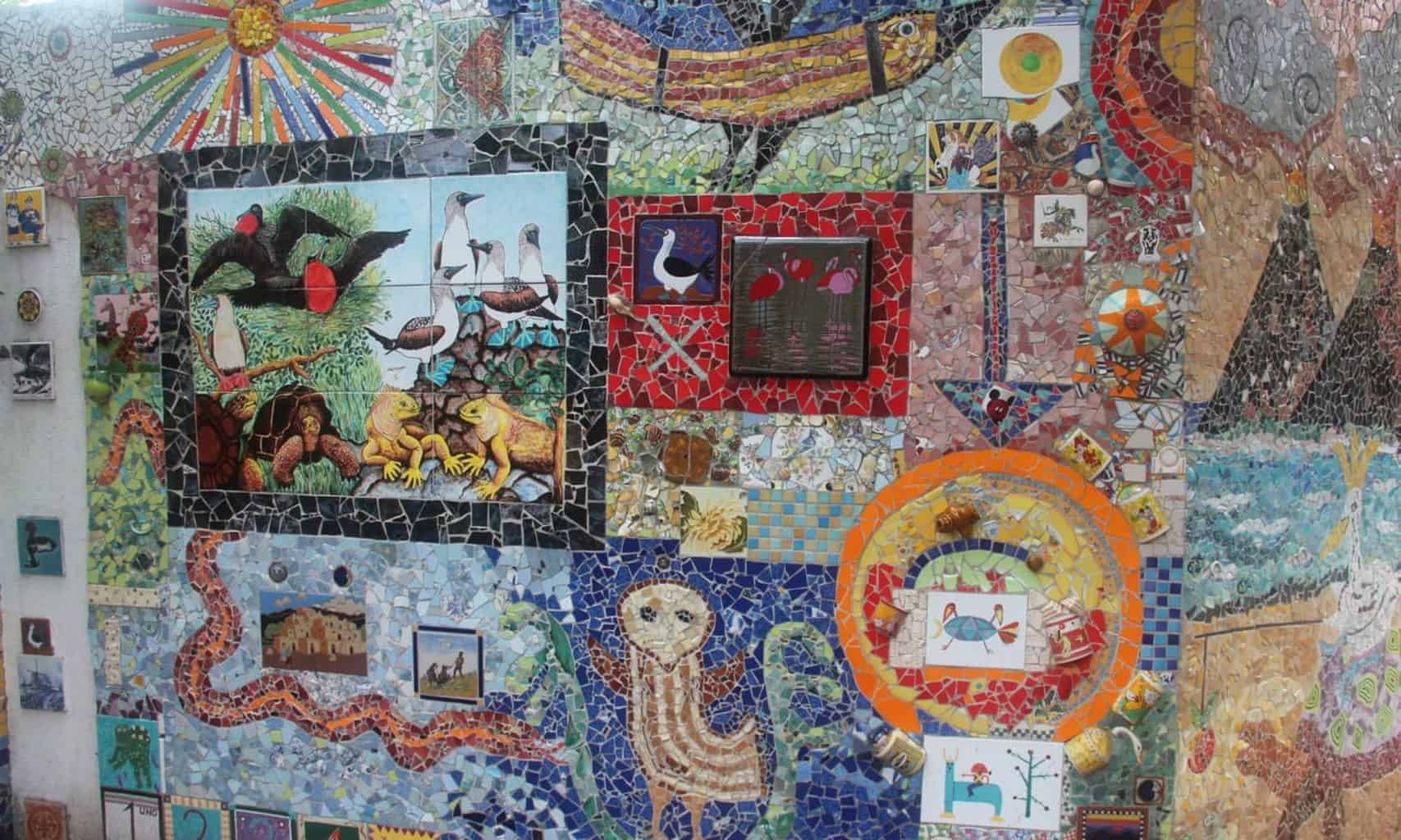
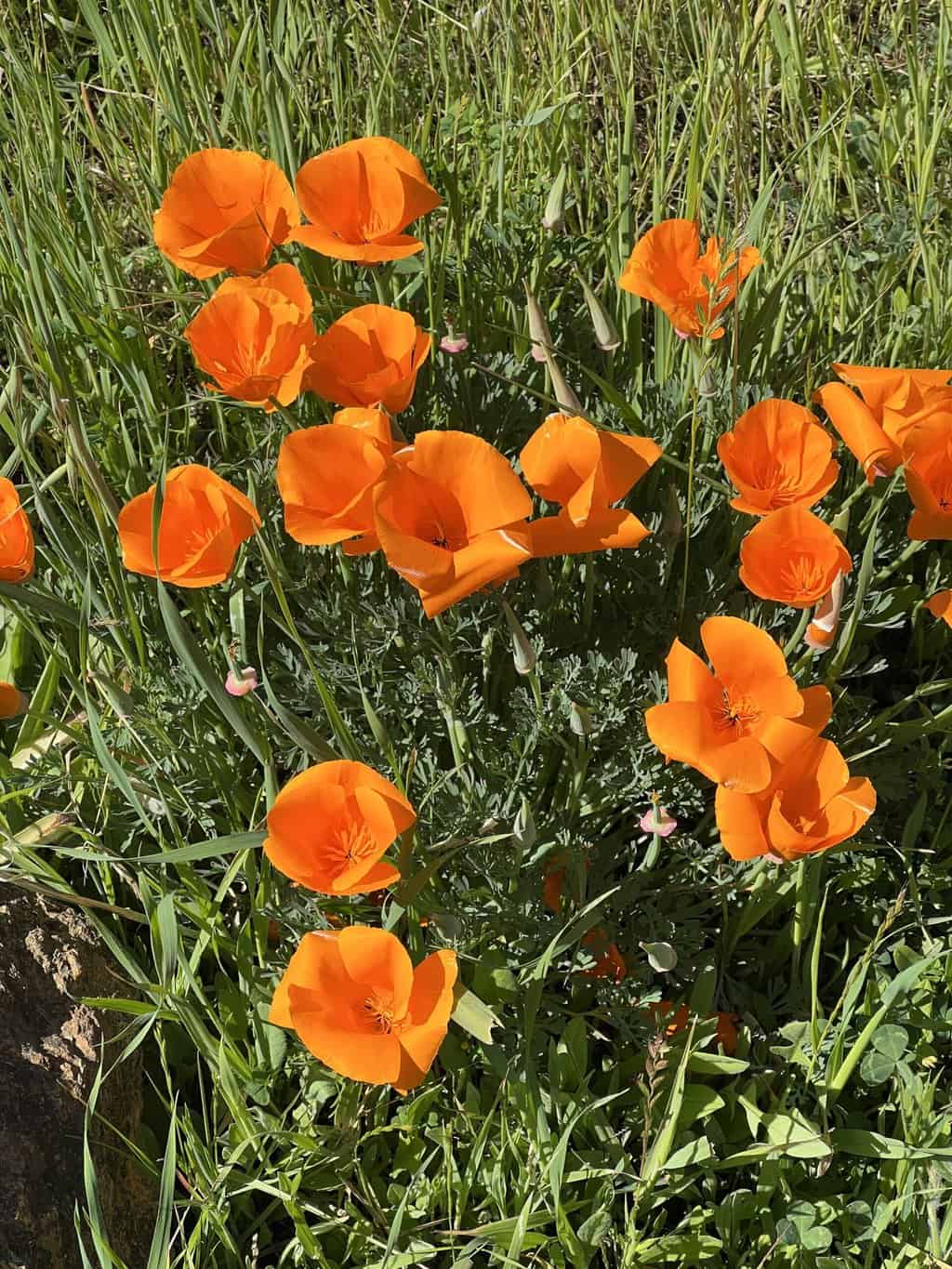
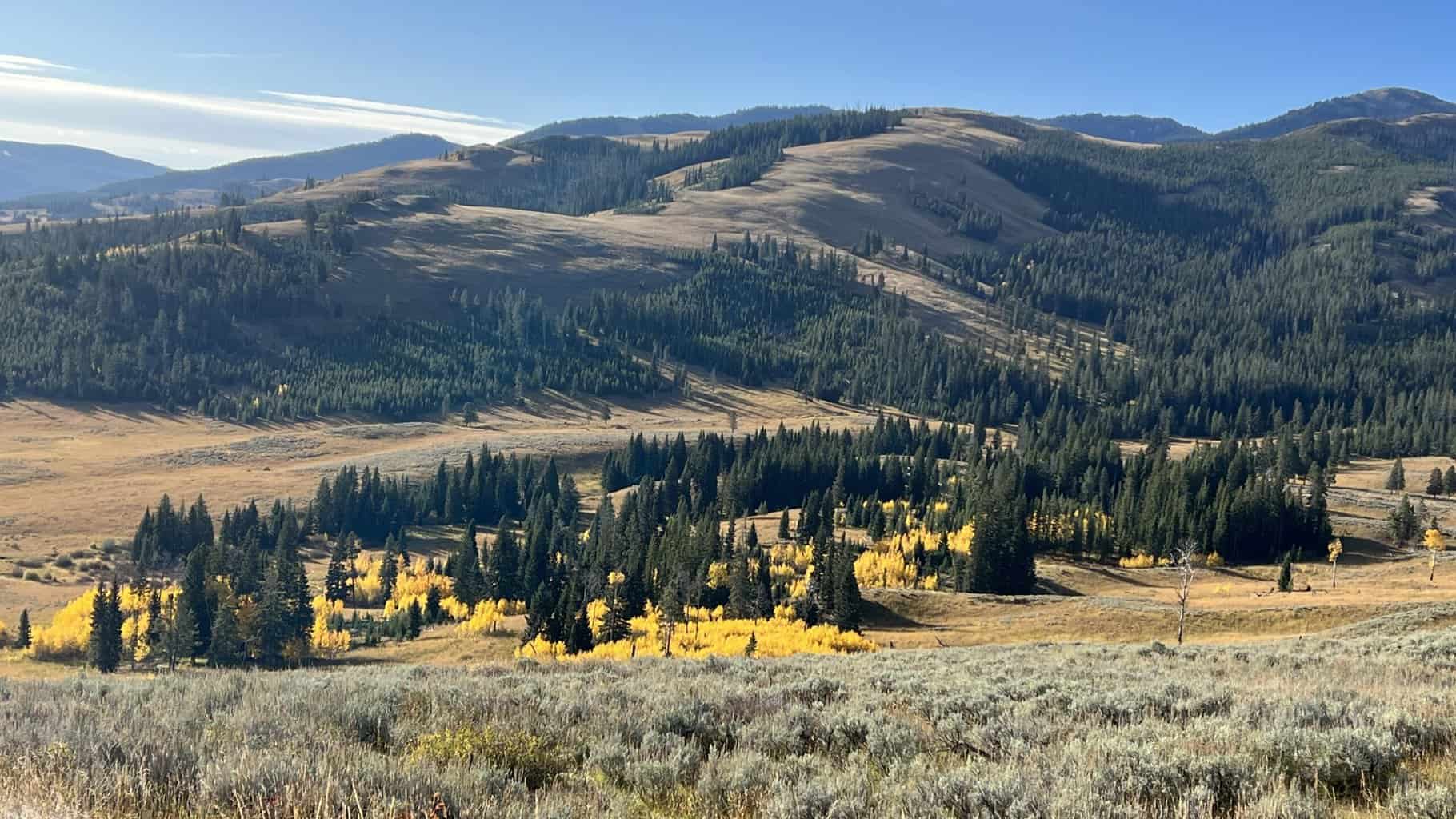
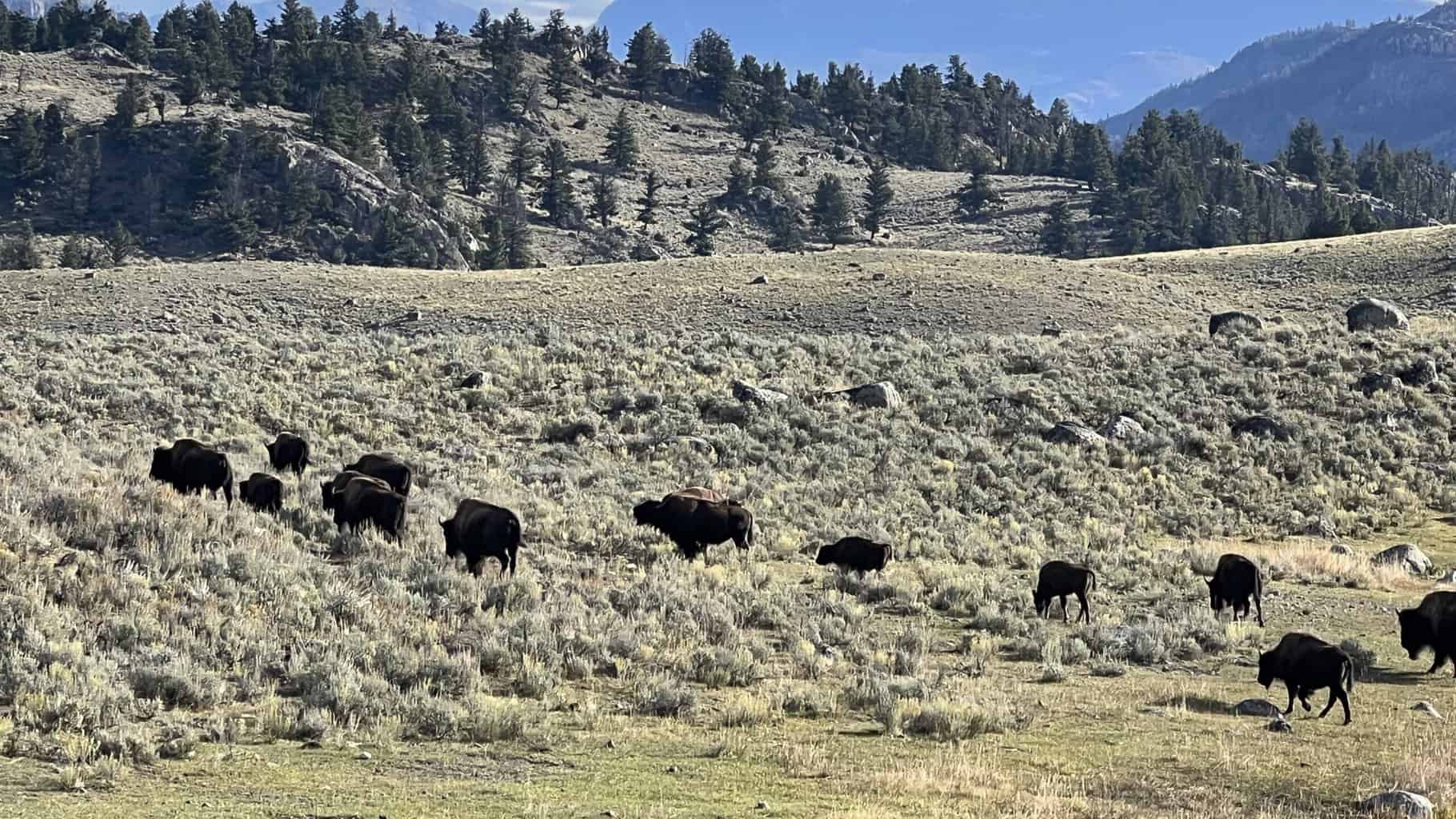
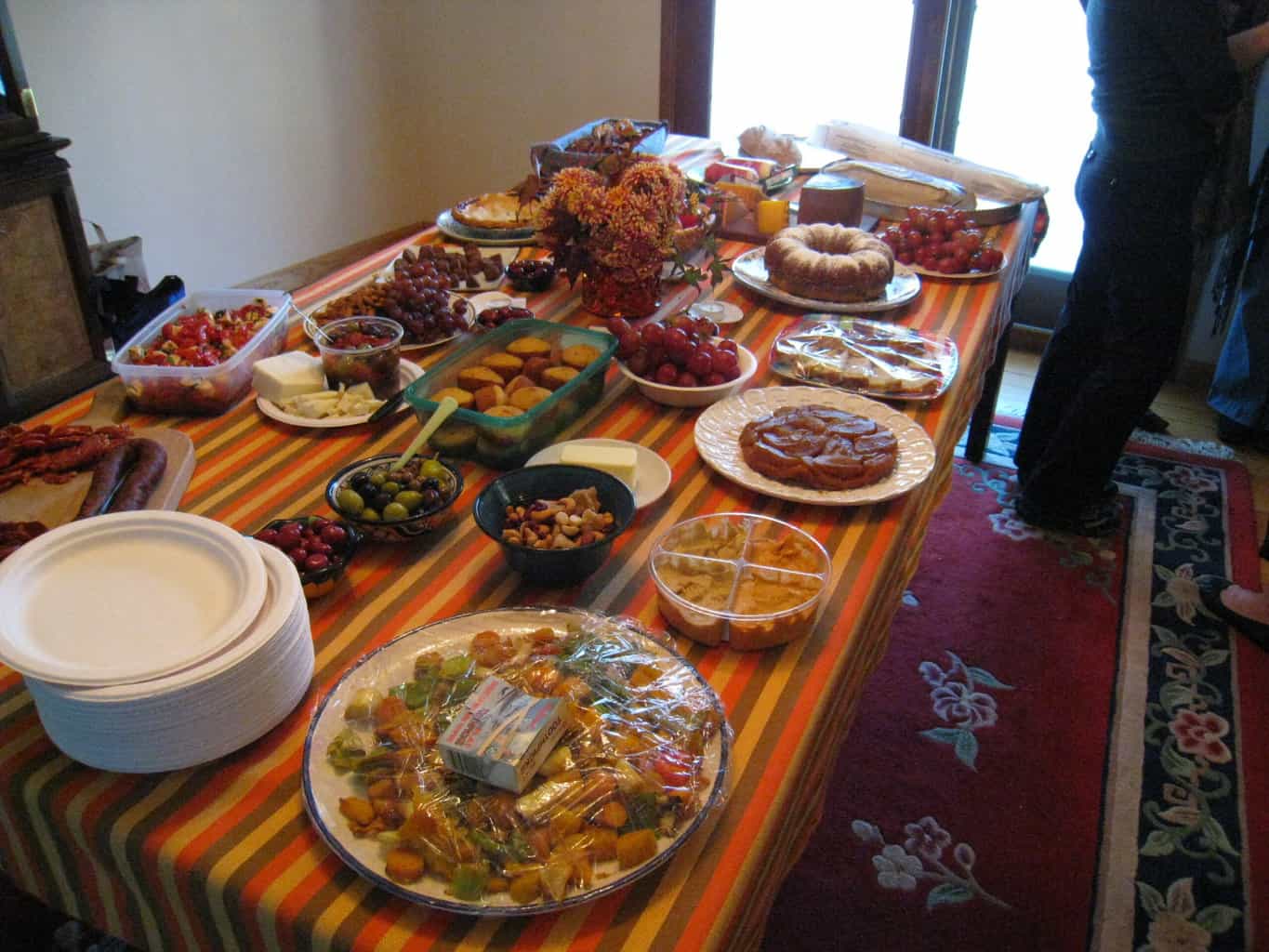
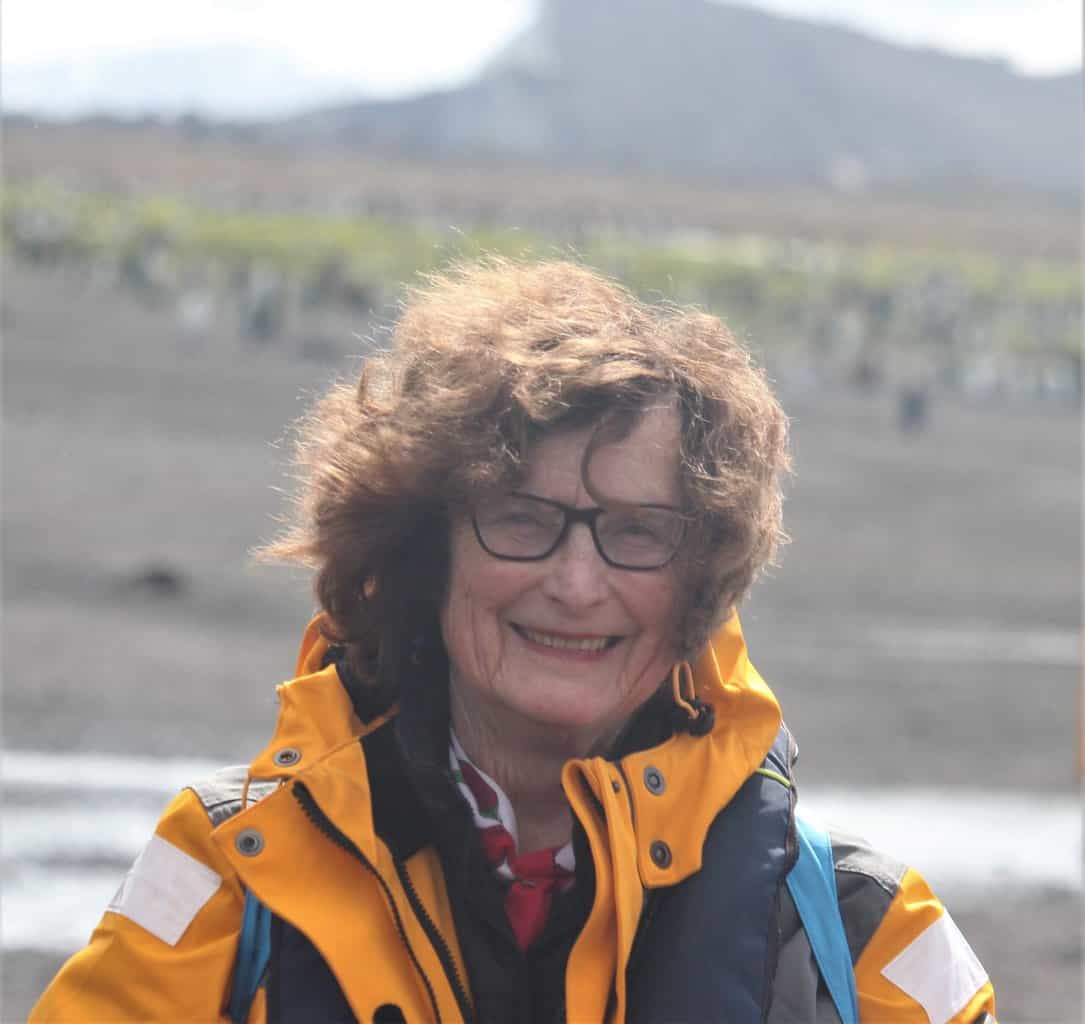 Thank you everyone. Stay well, keep hiking when prudent. I encourage you to send in items of interest to the hiking community to me at backpack45 “at sign” yahoo.com
Thank you everyone. Stay well, keep hiking when prudent. I encourage you to send in items of interest to the hiking community to me at backpack45 “at sign” yahoo.com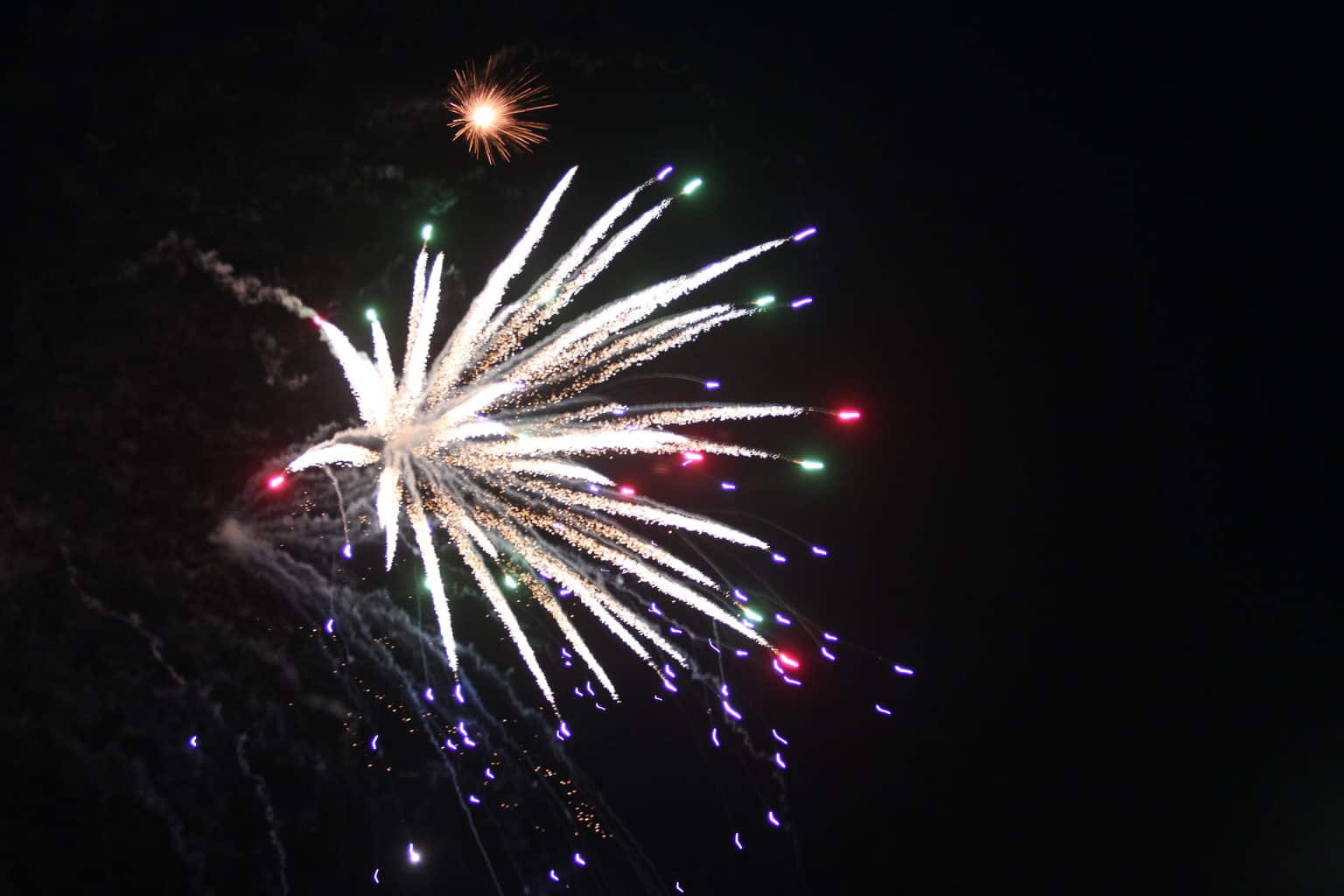 Wishing you a happy and safe 4th of July!!!
Wishing you a happy and safe 4th of July!!!